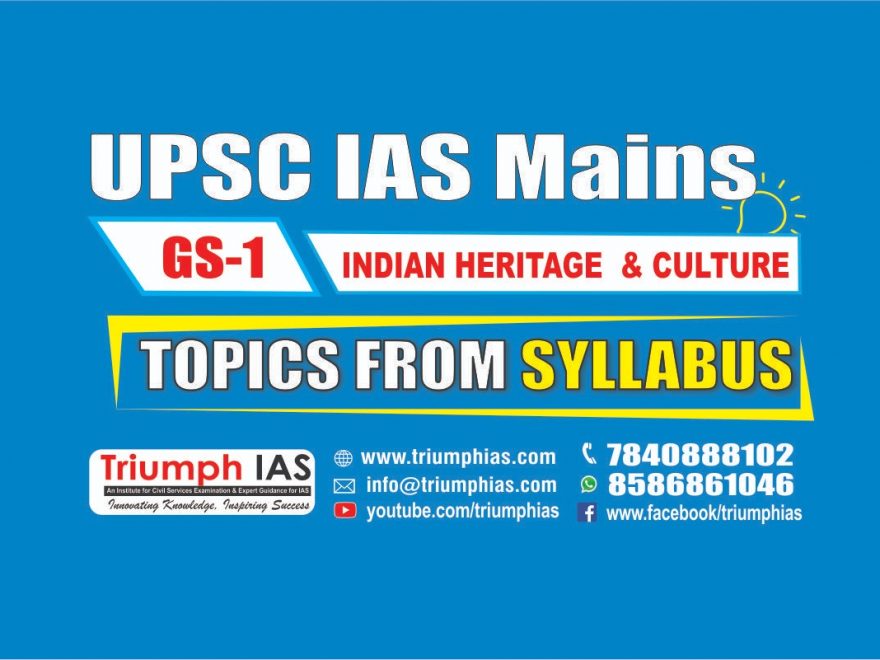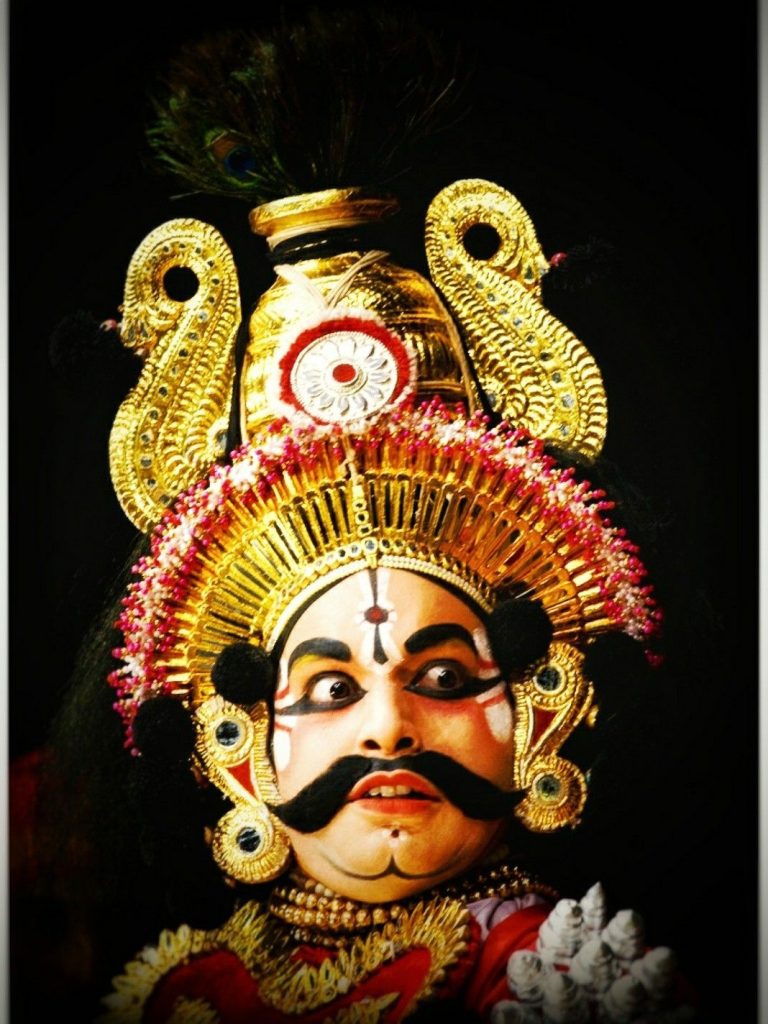Yakshagana
Relevance: Prelims: Art and culture
- About:
- What is it? Yakshagana is a traditional theatre form that combines dance, music, dialogue, costume, make-up, and stage techniques with a unique style and form.
- Name: Yakshagana literally means the song (gana) of the yaksha (nature spirits).
- Region: It developed in Udupi, in the state of Karnataka. It is popular in the Karnataka districts of Dakshina Kannada, Kasaragod, Udupi, Uttara Kannada and Shimoga .
- Background: This folk art is believed to have originated somewhere in between the 10th and 16th century.
- Theme: Yakshagana is strongly influenced by the Vaishnava Bhakti movement. Its stories are mainly drawn from Ramayana, Mahabharata, Bhagavata and other Hindu epics.
- Key Features:
- A typical Yakshagana performance consists of background music played by a group of musicians (known as the himmela); and a dance and dialog group (known as the mummela), who together enact poetic epics on stage.
- Yakshagana is traditionally presented from dusk to dawn.
- Types:
- The tenkutittu style: It is prevalent in Dakshina Kannada. Tenkutittu is noted for its incredible dance steps; its high flying dance moves; and its extravagant rakshasas (demons).
- The Badagutittu style: It is prevalent in Uttara Kannada District and places more emphasis on facial expressions, matugarike (dialogues), and dances appropriate for the character depicted in the episode.
Key highlights:
- It is believed to have evolved from pre-classical music and theatre during the period of the Bhakti movement.
- It is sometimes simply called “Aata” or āṭa (“the play” in Tulu Language).[2] This theatre style is mainly found in coastal regions of Karnataka in various forms.
Towards the south from Udupi to Kasaragod of Tulu Nadu region, the form of Yakshagana called as ‘Badagu thittu’ and towards north upto Uttara Canara it’s called ‘Thenku Thittu’. Both of these forms equally played all over the region.
- Yakshagana is traditionally presented from dusk to dawn. Its stories are drawn from Ramayana, Mahabharata, Bhagavata and other epics from both Hindu and Jain and other ancient Indic traditions.
For more such notes, Articles, News & Views Join our Telegram Channel.
Click the link below to see the details about the UPSC –Civils courses offered by Triumph IAS. https://triumphias.com/pages-all-courses.php


